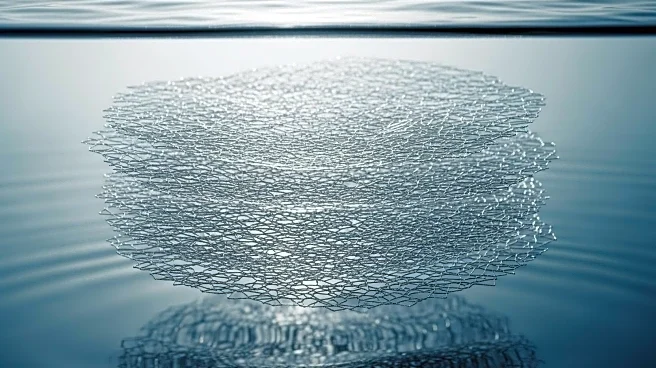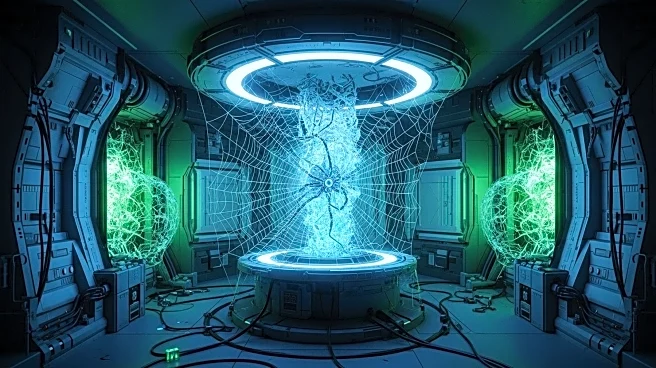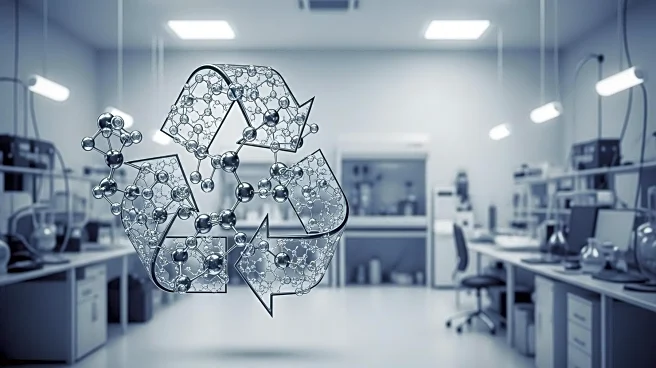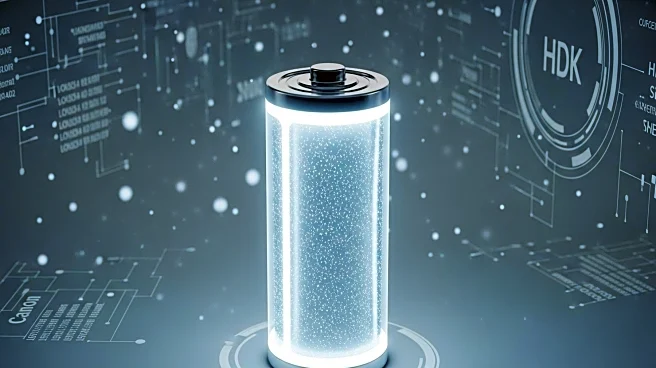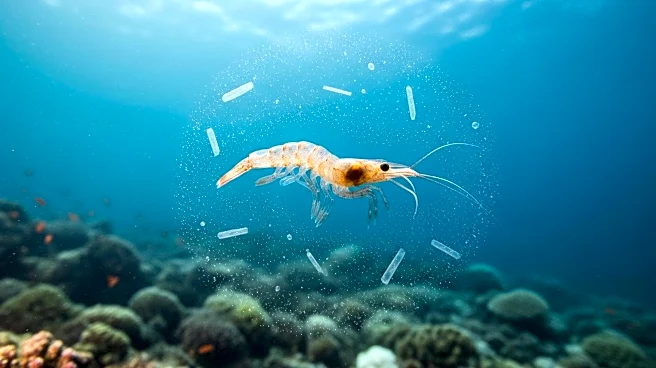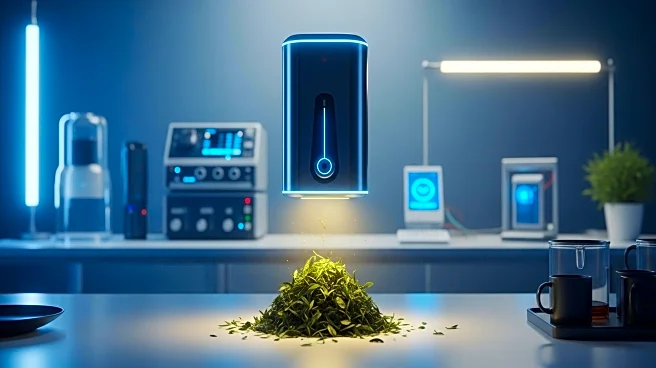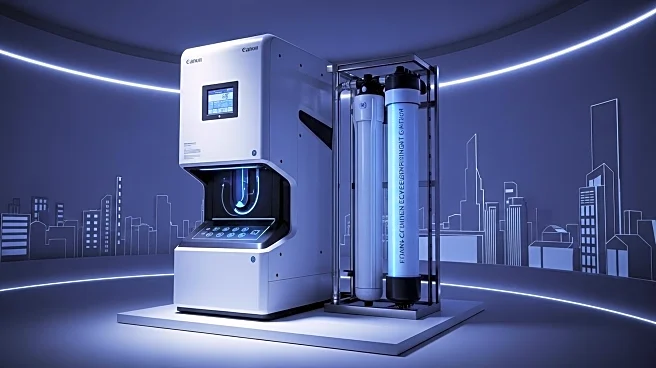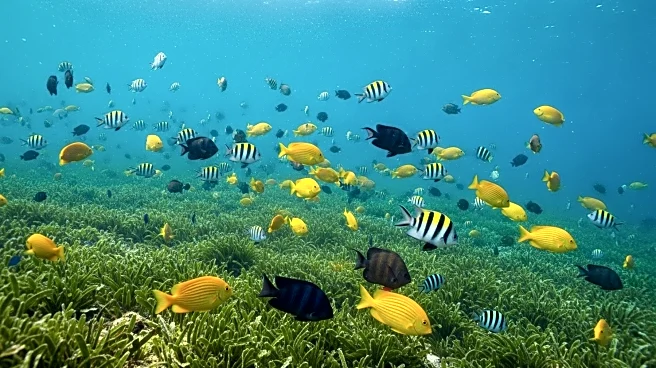What is the story about?
What's Happening?
Researchers have developed graphene oxide-like carbon nanosheets (CNS) derived from onion peel to effectively remove ciprofloxacin (CIP) from water. The study, published in Nature, highlights the morphology and structure of these CNSs, which exhibit a sheet-like, layered structure similar to graphene oxide. The nanosheets undergo ultrasonic exfoliation, transitioning from micro-sized sheets to nanoscale structures, enhancing their adsorption properties. The adsorption efficiency of CIP onto these CNSs is influenced by factors such as pH, adsorbent dosage, and contact time. The study found that the maximum removal efficiency of CIP was achieved at pH 7, with a dosage of 0.4 g/L, and a contact time of 60 minutes. The adsorption process is primarily driven by physical interactions, including hydrogen bonding and π-π stacking, rather than covalent bonding.
Why It's Important?
The development of bio-based CNSs from onion peel offers a sustainable and efficient method for removing antibiotics like ciprofloxacin from water, addressing environmental concerns related to pharmaceutical contamination. This innovation could significantly impact wastewater treatment processes, enhancing the removal of dissolved contaminants while maintaining microbial community health. The use of waste-derived materials for water purification aligns with global efforts to promote sustainable practices and reduce reliance on synthetic materials. The study's findings also contribute to the broader understanding of adsorption mechanisms, potentially guiding future research and development in environmental remediation technologies.
What's Next?
Further research may focus on optimizing the reusability of these CNSs for water treatment applications, as the study indicates a decrease in adsorption efficiency over multiple cycles. Enhancing the colloidal stability and efficiency of CNSs through improved desorption conditions could extend their practical use. Additionally, exploring the application of these nanosheets in industrial wastewater treatment, where higher concentrations of contaminants are present, could be a valuable next step. The study's insights into adsorption mechanisms may also inspire the development of new materials with tailored properties for specific environmental challenges.
Beyond the Headlines
The use of onion peel-derived CNSs highlights the potential of agricultural waste as a resource for advanced material development, promoting circular economy principles. This approach not only addresses environmental pollution but also adds value to waste products, potentially benefiting agricultural sectors. The study's computational analysis of adsorption mechanisms provides a deeper understanding of molecular interactions, which could inform the design of more efficient adsorbents for various applications. The integration of experimental and computational methods in this research exemplifies a comprehensive approach to material science, fostering innovation in environmental technology.
AI Generated Content
Do you find this article useful?
